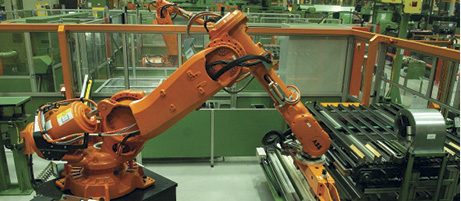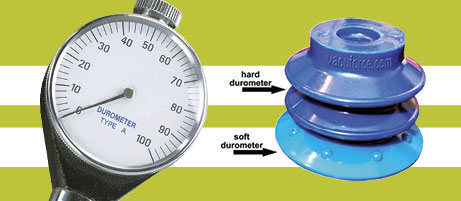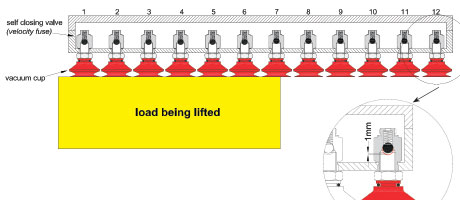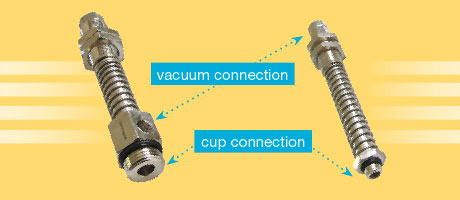Low Vacuum High flow
By Daniel Pascoe Most vacuum pick-and-place applications require a moderate vacuum level of about 20+”Hg. For example, a 40-mm diameter cup has a …
Safety First!
Select a Secure Circuit Design In fluid power applications, safety is the number-one priority in the design of a system. Vacuum lifting, as you can imagine, is …
Reducing Carbon Footprint with the Right Vacuum System
The most common vacuum technology for handling sealed materials today utilizes air-driven vacuum ejectors. The handling system is quite often based on a robot …
The Pressure Is On!
Most industrial vacuum applications involve the picking up or transfer of products, such as vacuum pick-and-place or material conveying. This article discusses …
Vacuum Cup Materials
Vacuum cups are available in a wide variety of compounds or materials, which are chosen based on the application for which they are intended to be used. There …
Self-Closing Valves
In most vacuum-handling applications, the end-of-arm tool (EOAT) is designed specifically for the product being handled by the automated material-handling …
Vacuum Cup Holders
Vacuum cups are often mounted directly to machinery via a cup fitting as shown in the cup assembly in Fig. 1. This cup fitting will screw into the machinery …








